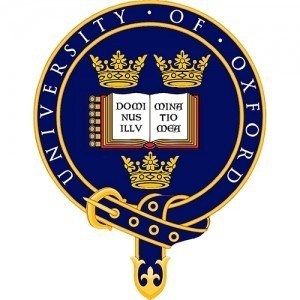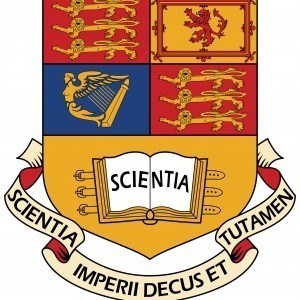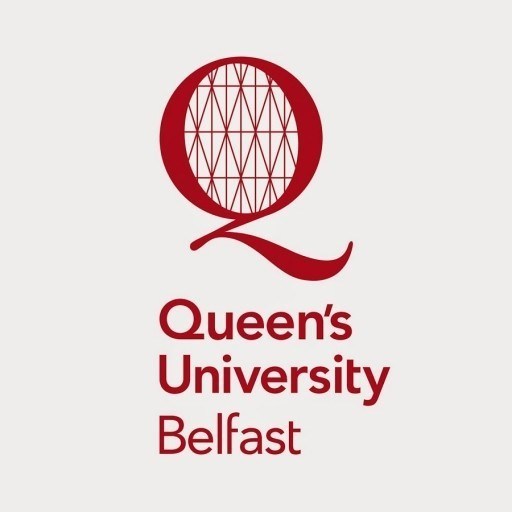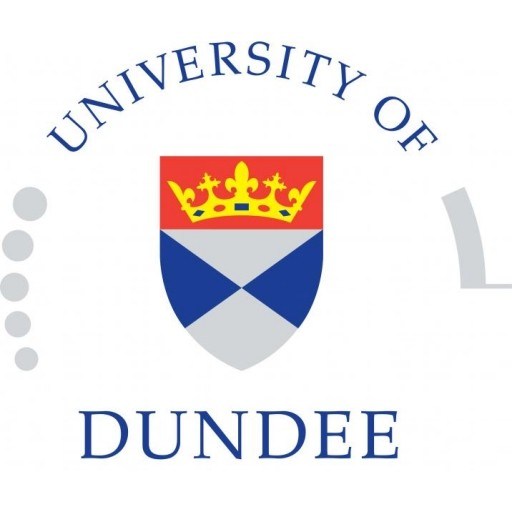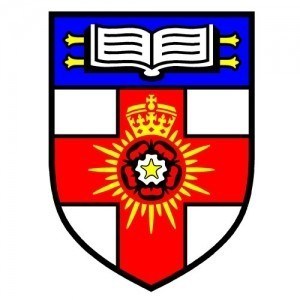Photos of university / #oxford_uni
Physics at the University of Oxford offers an unparalleled opportunity to study one of the most fundamental sciences at one of the world’s leading institutions. The program is designed to provide students with a comprehensive understanding of the physical universe, from the smallest particles to the largest cosmic structures. Students will explore core topics such as classical mechanics, electromagnetism, thermodynamics, quantum physics, and relativity, building a solid foundation in theoretical and experimental methods. Throughout the course, students have access to cutting-edge laboratories and research facilities, enabling hands-on experimentation and innovative investigation. The curriculum is structured to encourage critical thinking, problem-solving skills, and independent research, preparing graduates for careers in academia, industry, or scientific research. The program emphasizes not only the theoretical aspects of physics but also its practical applications, including astrophysics, condensed matter physics, and medical physics. Students are supported by world-class teaching staff, many of whom are leading researchers in their fields, offering mentorship and guidance throughout their academic journey. The interdisciplinary nature of the program allows students to collaborate across scientific disciplines and participate in pioneering research projects. The university’s vibrant academic community ensures a rich environment for discussion, networking, and professional development. Graduates of the Oxford Physics program leave equipped with a critical understanding of physical principles and quantitative skills essential for solving complex scientific problems. The program also fosters an appreciation for the historical and philosophical contexts of physics, inspiring students to contribute to scientific advancement and innovation. This rigorous yet rewarding course prepares students for a wide range of career paths, including academia, research institutions, technology companies, and government agencies, and nurtures the next generation of physicists and scientific leaders worldwide.
In the first year, time is equally divided between mathematics and physics, with about ten lectures and two tutorials plus one day in the practical laboratories a week. In the second and third years the core and mainstream physics topics are covered in tutorials and small group classes. Practical work is also done during the year. In the fourth year you take two major options and the MPhys project.
| 1st year | |
|
Current courses
Short options, eg:
|
Assessment First University examinations: Four written papers; short option paper; satisfactory laboratory work |
| 2nd year | |
|
Current courses
Short options, eg:
|
Assessment Final University examinations, Part A (BA and MPhys): |
| 3rd year | |
Current courses
|
Assessment Final University examinations, Part B (MPhys): |
| 4th year | |
|
Research Project and two option courses:
|
Assessment Final University examinations, Part C (MPhys): |
Exams are taken in June at the end of each year of the courses. Most written papers are of 2.5 or 3 hours duration. Short options are shared across years 1–3 and are examined by a 1.5 hour paper; the titles shown are illustrative and may change from year to year of the course.
- Attestat o Srednam Obrazovanii (Certificate of Secondary Education) would not be sufficient for candidates to make a competitive application. If your qualification is listed as being insufficient to make a competitive application to Oxford, then you will need to undertake further study if you wish to apply.You could take British A-levels (the British Council may know where you can take A-levels in your country), the International Baccalaureate (IB), or any other qualifications listed as acceptable on this page. The first year of a bachelor's degree from another university could also be an acceptable alternative.
- IELTS: overall score of 7.0 (with at least 7.0 in each of the four components)
- TOEFL (paper-based): overall score of 600 with a Test of Written English score of 5.5
- TOEFL (internet-based): overall score of 110 with component scores of at least: Listening 22, Reading 24, Speaking 25, and Writing 24.
- Cambridge English: Advanced, also known as the Certificate of Advanced English (CAE): grade A if taken before January 2015, or a score of at least 185.
- Cambridge English: Proficiency, also known as the Certificate of Proficiency in English (CPE): grade B if taken before January 2015, or a score of at least 185.
- English Language GCSE, or O-level: grade B (for IGCSE, please see below)
- International Baccalaureate Standard Level (SL): score of 5 in English (as Language A or B)
- European Baccalaureate: score of 70% in English.
Hill Foundation Scholarship
Russian nationals wishing to study for a second undergraduate degree.
Palgrave Brown Scholarship
Students must be ordinarily resident in and/or educated in the following countries:
Albania; Armenia; Azerbaijan; Belarus; Bosnia and Herzegovina; Bulgaria; Croatia; Czech Republic; Estonia; Georgia; Hungary; Kazakhstan; Kyrgyz Rep.; Latvia; Lithuania; Macedonia; Moldova; Montenegro; Poland; Romania; Russia; Serbia; Slovakia; Slovenia; Tajikistan; Turkmenistan; Ukraine; Uzbekistan.
The Physics undergraduate program at the University of Oxford offers an extensive and rigorous education in the fundamental principles of physics, combining theoretical understanding with practical laboratory skills. The course is designed to develop a deep conceptual grasp of the physical world, from classical mechanics and electromagnetism to quantum physics and relativity, while also encouraging students to engage in innovative research and problem-solving. The program typically spans three or four years, depending on the chosen pathway, including the BA (Bachelor of Arts) or the BSc (Bachelor of Science) options.
Students enrolled in the Physics course benefit from a highly distinguished academic staff, many of whom are leading researchers in their fields. They have access to state-of-the-art laboratories, extensive libraries, and computational facilities, enabling hands-on experiments, data analysis, and simulation work that complement their theoretical courses. The curriculum is modular, with core subjects such as Mathematical Methods for Physicists, Classical Mechanics, Electromagnetism, Thermal and Statistical Physics, Quantum Physics, and Modern Physics, along with optional electives that allow students to tailor their studies according to their interests. Interdisciplinary options are also available, covering topics like astrophysics, condensed matter physics, and particle physics.
Throughout the program, students are encouraged to participate in research projects, internships, and conferences, which prepare them for careers in academia, industry, research institutions, or further postgraduate study. The university provides excellent support services, including expert academic tutors, mentoring, and career guidance, to help students succeed. The program fosters critical thinking, numerical proficiency, and scientific communication skills, all vital for professional development.
Oxford’s close-knit academic community promotes collaboration and intellectual exchange, often through seminars, colloquia, and physics society activities. Graduates of the program have gone on to work in various fields such as scientific research, engineering, data science, finance, and education. The Physics degree at Oxford combines a comprehensive and challenging curriculum with the opportunity to be part of a world-renowned institution committed to pushing the boundaries of knowledge and innovation in physics.
